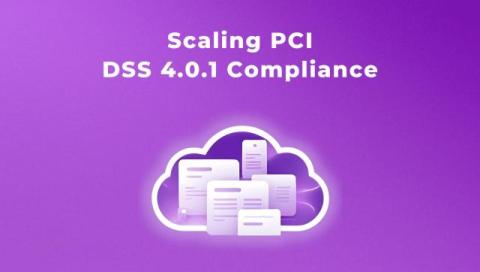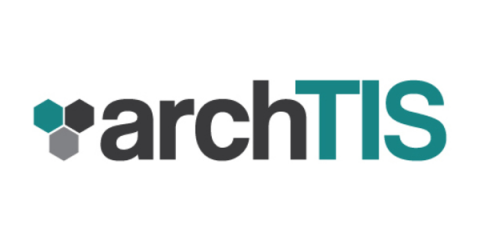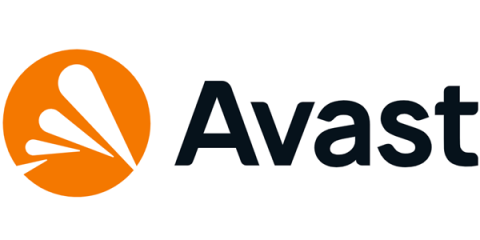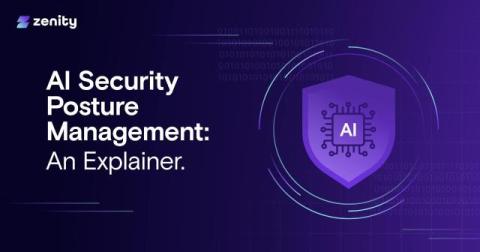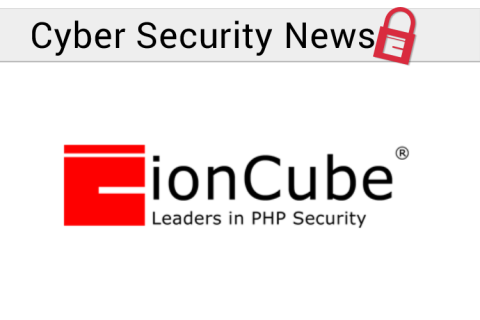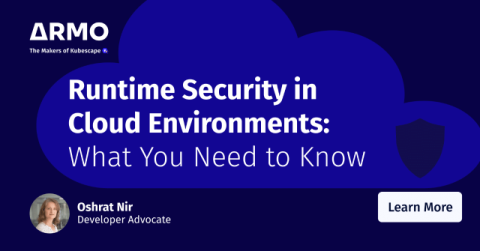PCI DSS 4.0.1 Compliance at Scale: A Practical Guide for Payment Processors SAQ D
Guide for Payment Processors SAQ D begins with a major challenge in today’s digital payment landscape. Payment processors must secure payment pages across thousands of merchant websites, far beyond managing a single payment system. Let’s put this in perspective: Real-world example: A payment processor with 10,000 merchants needs to monitor approximately 30,000 payment pages daily. That’s 30,000 potential points of vulnerability requiring constant surveillance.


